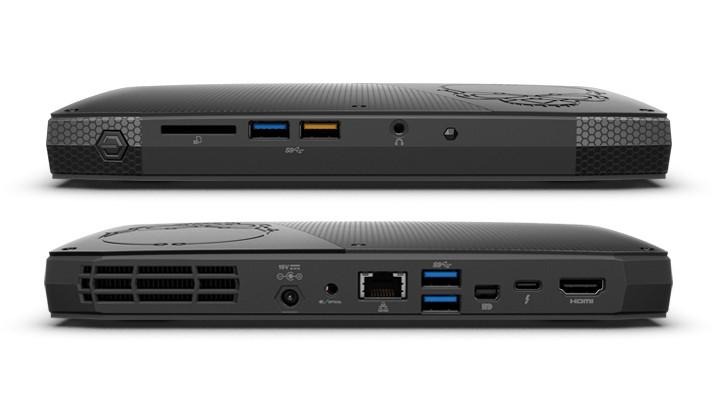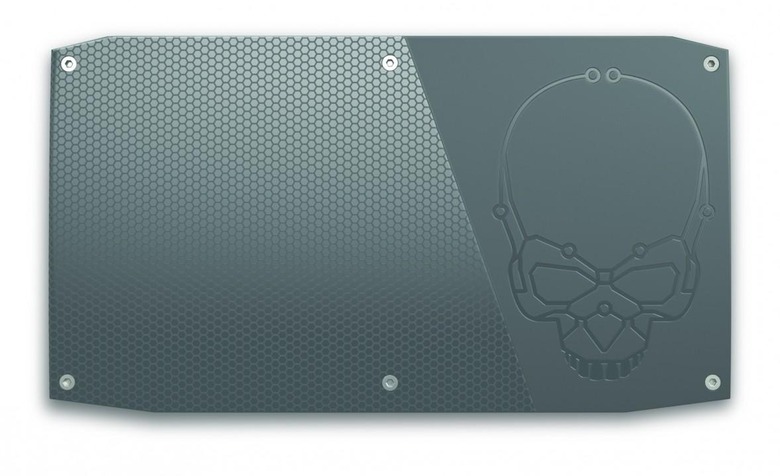Intel's New Skull Canyon NUC Is Targeting Gamers
While it practically dominates the PC CPU market, Intel's graphics chips are considered passable at best, at least for an integrated graphics chip. NUC, or Next Unit of Computing, kits are mostly seen as reference devices and mini PCs than serious computing hardware. At GDC 2016, Intel is attempting to change that perception. Its most poweful NUC yet, Intel has unveiled the Skull Canyon NUC, model number NUC6i7KYK, as a competitive portable machine for both gaming and multimedia work, whether by itself or with a friend, like a Razer Core graphics enclosure.
To be fair, Intel has made considerable progress when it comes to its GPU chips, to the point that it is possible to play certain 3D games at medium quality with framerate dropping too low to be bearable. It latest achievements can be seen in the latest Iris Pro graphics that comes with its latest gen Core processors. So it is fitting that Skull Canyon run on a 6th gen Intel Core i7-6770HQ with that Iris Pro graphics 580. The NUC is capable of supporting up to 32 GB of DDR4 RAM at 2133 MHz. That alone screams power, but it also has one more trick.

It supports a single Tunderbolt 3 port. That fact, by itself, might mean little, but Intel is also taking the opportunity to advertise Razer's Core external graphics enclosure. Built through the cooperation of Razer, Intel, and AMD, the Core is touted to be the world's first Thunderbolt 3 connected graphics enclosure offering a plug-and-play experience. Although Razer makes no mention of it, that PnP feature might also be compatible with the Skull Canyon NUC.
Unlike Intel's previous NUCs, the Skull Canyon's price tag is easily twice that of the previous generation, which might not be that surprising, considering all the power and potential inside. The base kit will cost $650 but a "typical" configuration with 16 GB of RAM, a 256 GB SSD and Windows 10 installed will go for $999. Available from Newegg.com, pre-orders will start on April, with a shipping date scheduled sometime in May.

